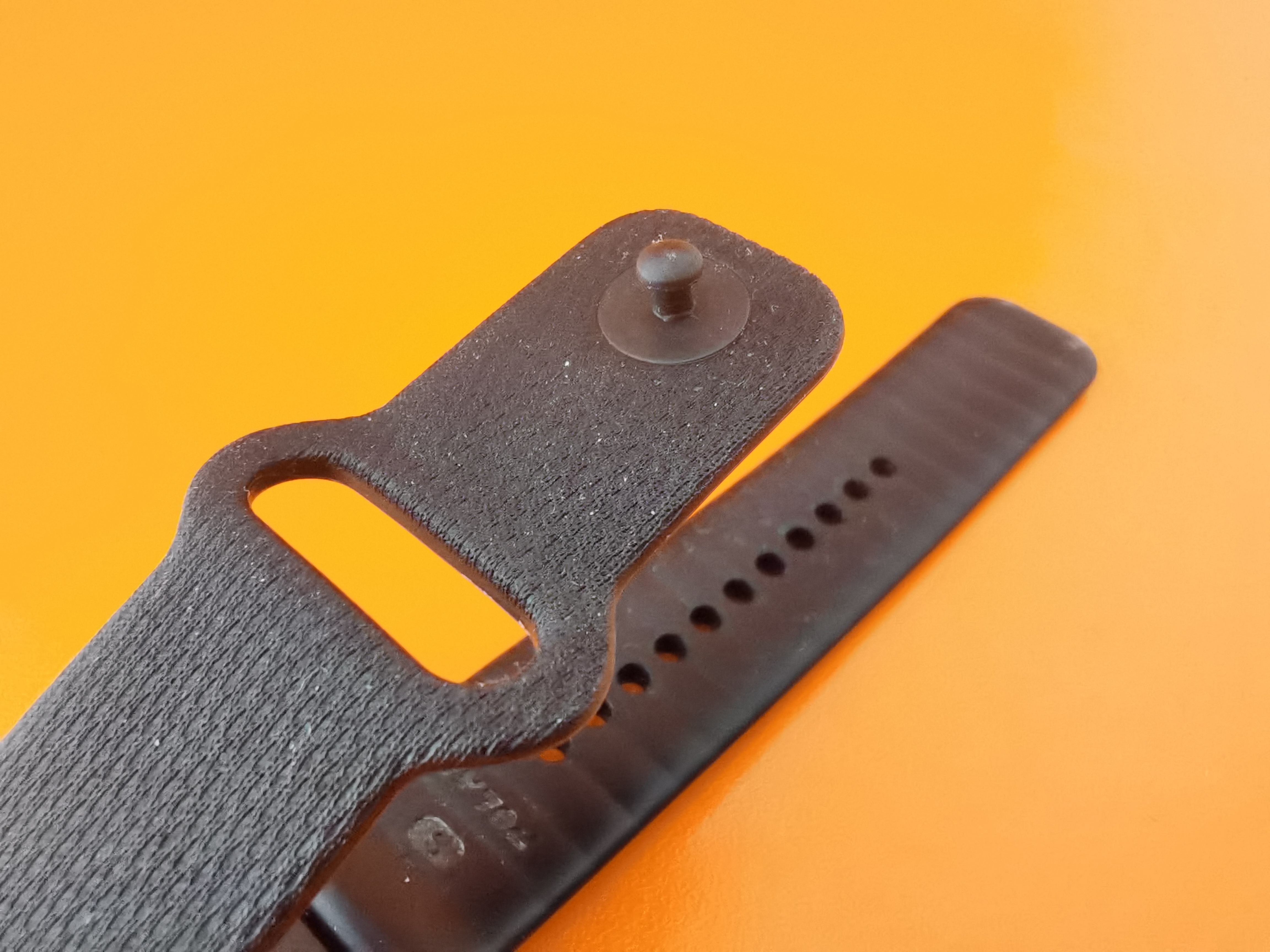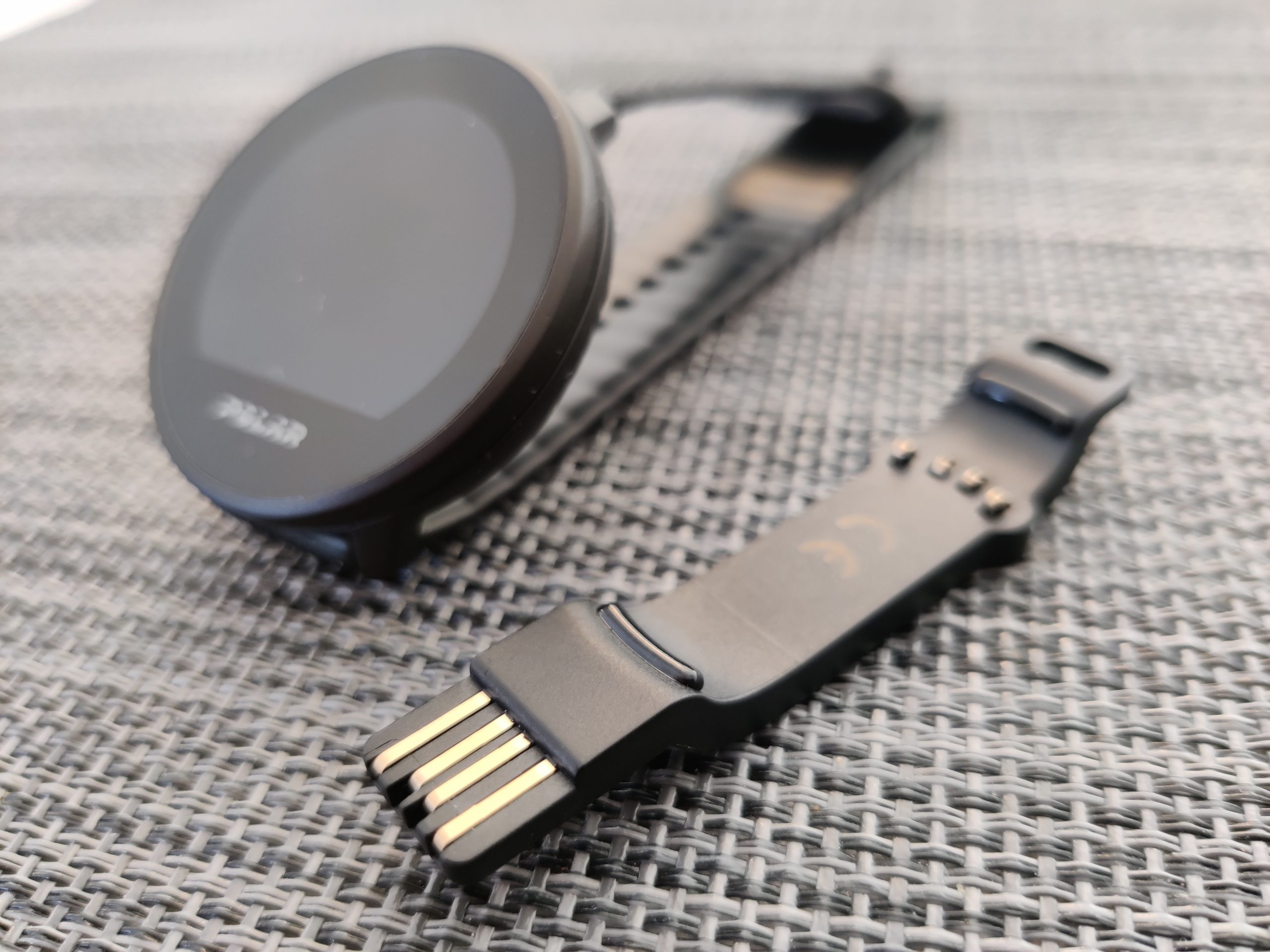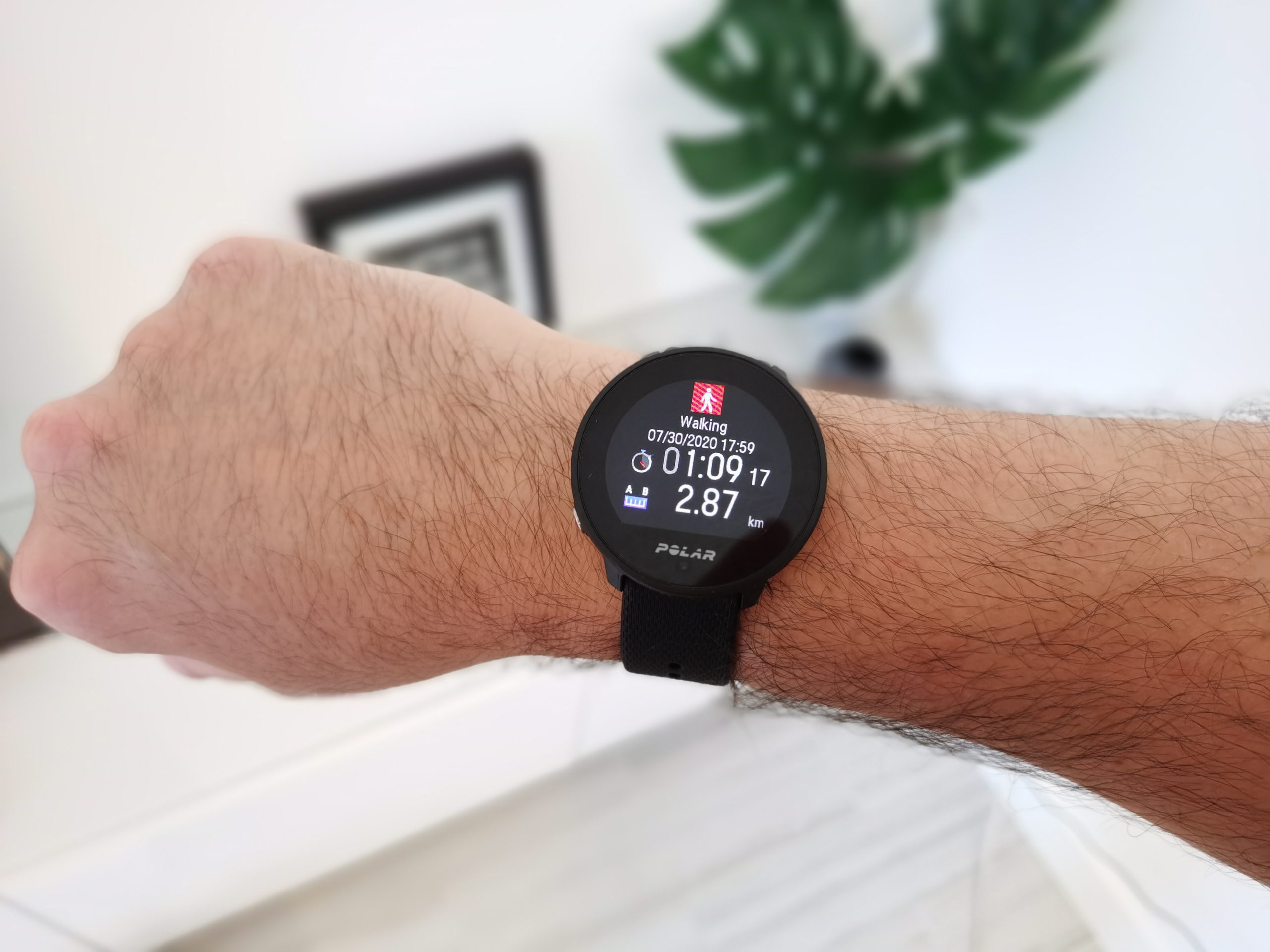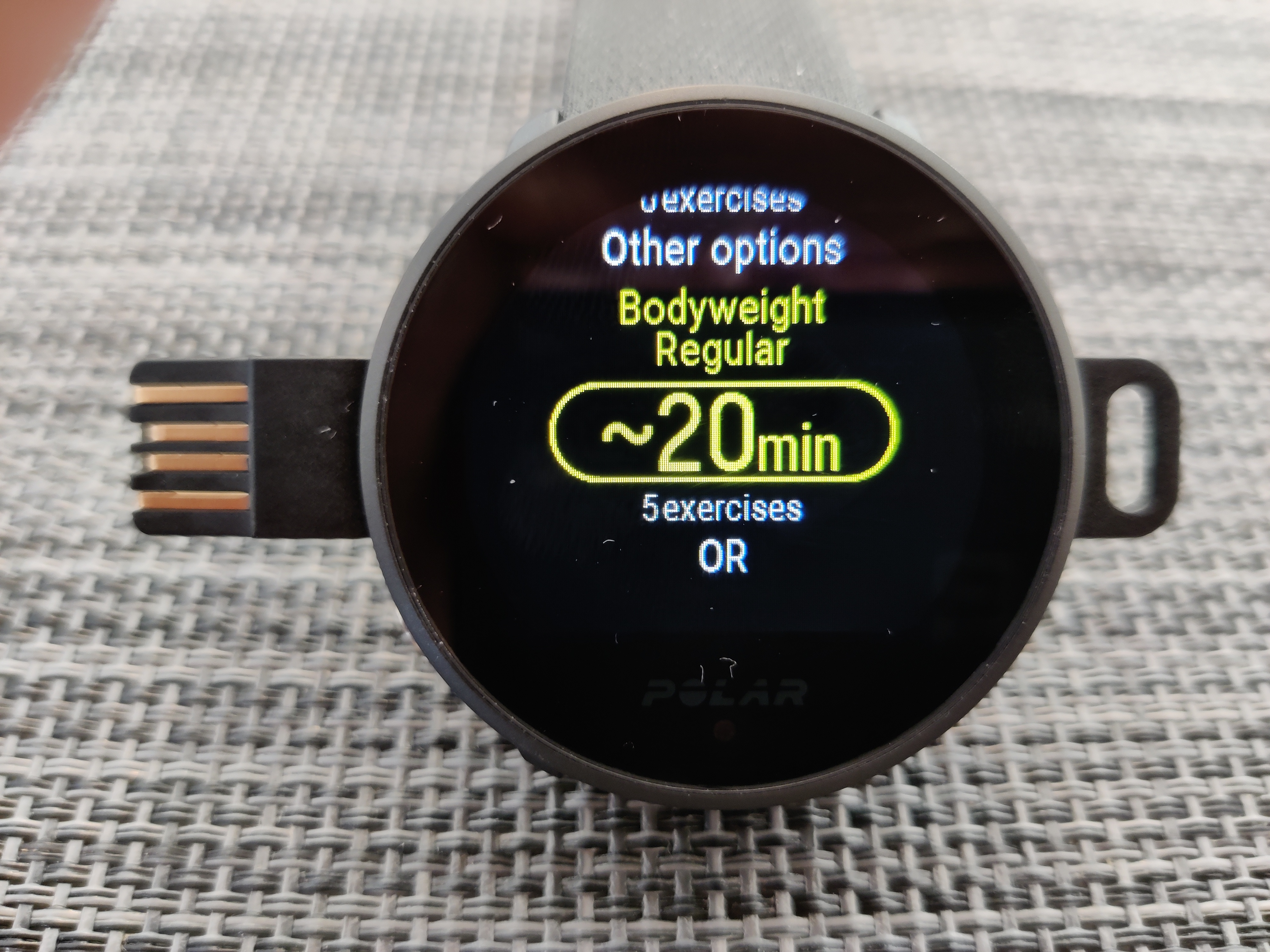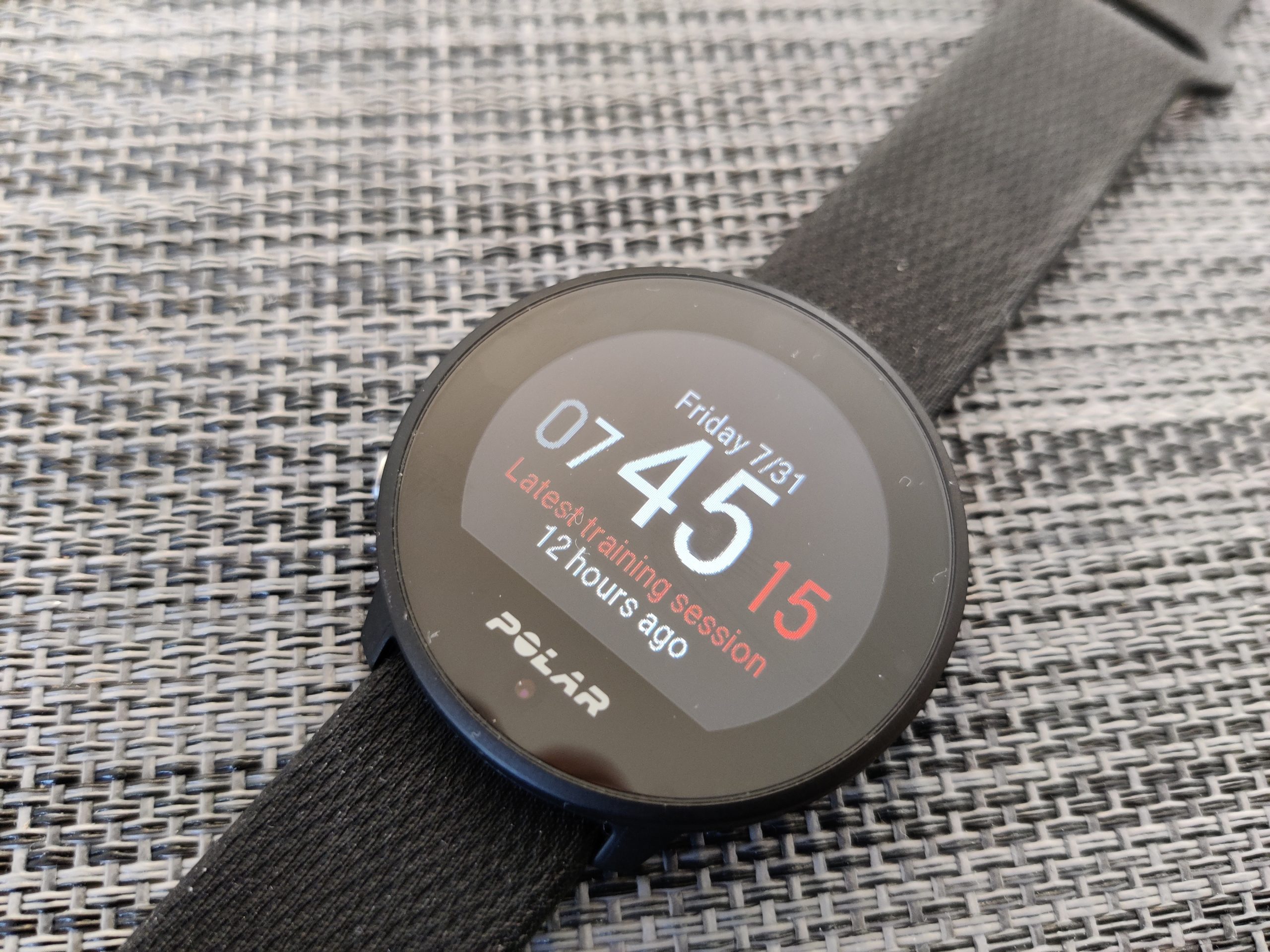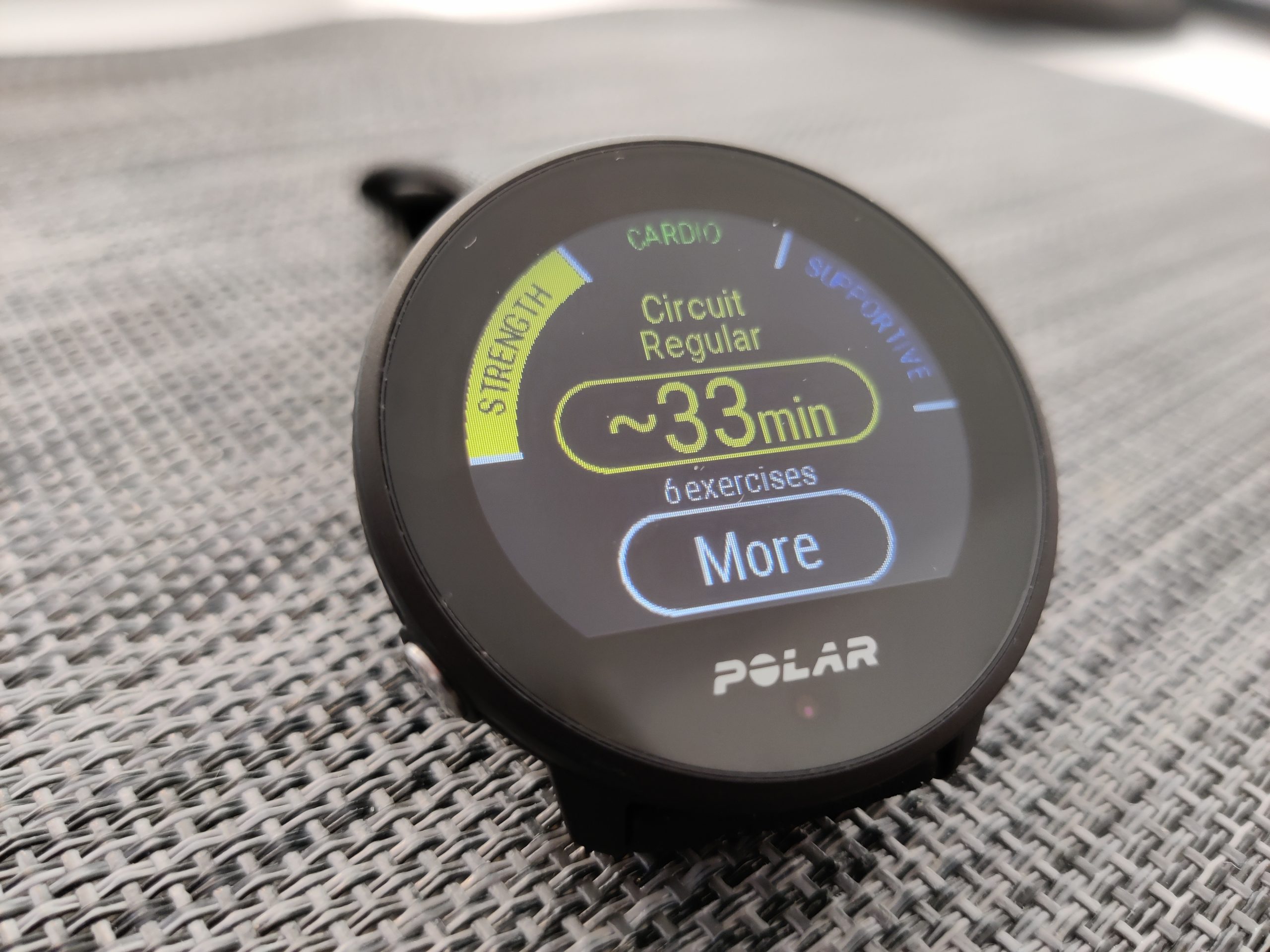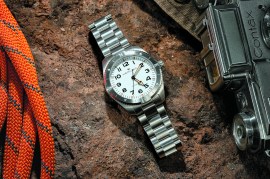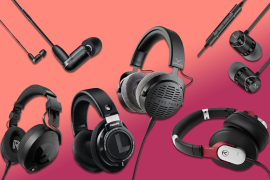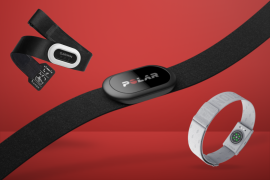Polar Unite review
Cheap as chips, but is it a bargain?
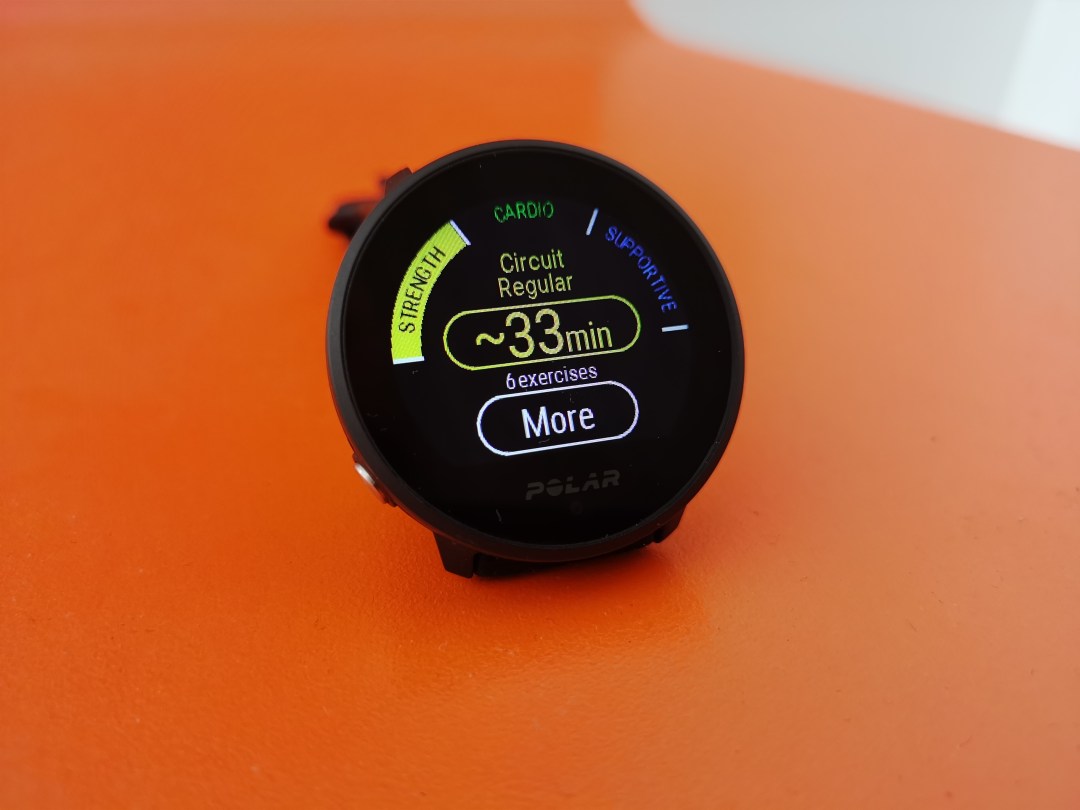
At the risk of over-generalising, there are two types of fitness lockdowners. The first group are the ones that wake up at 5am each day, bashing out a 10-mile run and a cheeky kettlebell workout before their 8am Zoom call. Often, they’ll slot terminology like ‘kale crisps’ and ‘intermittent fasting’ into conversations.
The second group do their best to juggle the never-ending hurdles of life, with a quick walk here, and a light jog there. Occasionally, they may sprinkle in the odd Joe Wicks workout video to help offset some of the guilt from their lunchtime Zinger Tower Meal™.
If you’re in the first group then we’ll stop you right here – the Polar Unite is not for you. Fear not, there are plenty of other options to choose from.
If you’re in the second group, or someone looking to dip their toes into the fitness world, then this is a safe space – and the Polar Unite wants to be your wrist-mounted companion of choice to guide you along the way.
Design and build: Slim, light, and fiddly
At a wallet-friendly £130, we can forgive the Unite for not blowing our design senses out of the water. It resembles, well, a watch, and it’s a thin and light one at that. It’s incredibly unintrusive which is great, but it does have its fair share of niggles.
For starters, the textured rubber strap, while handsome enough, is very frustrating to put on. Instead of a traditional watch strap, its numerous holes are fastened with a small nub or protrusion. It’s somewhat similar to those fiddly plastic security bracelets you get at festivals, and putting it on takes longer than any other watch we’ve tested.
On the plus side the straps are very easy to swap out thanks to a quick-release pin system, if you wanted to mix things up with some of the other different coloured straps available.
Screen and experience: bright but laggy
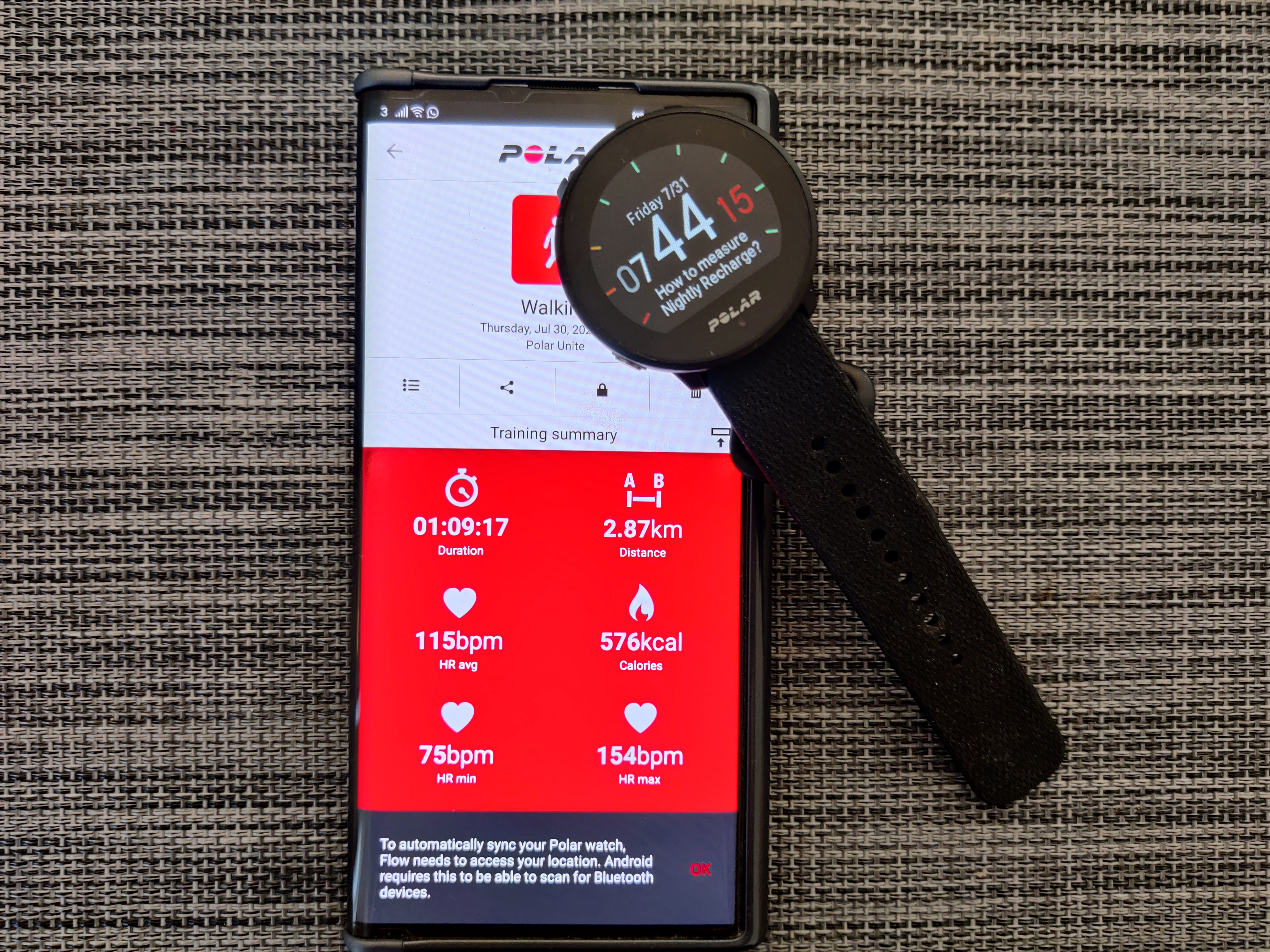
Shifting over to the business end of things, we have the screen. Surrounded by a gargantuan bezel and a flat base, it’s definitely not the prettiest wrist-mounted display we’ve laid eyes on, but that’s understandable at this price point. What it lacks in aesthetics, it makes up in brightness, and we had no problems making anything out, even in the midst of a blindingly hot July heatwave. The resolution leaves a little to be desired though, with visible pixels and slightly jagged edges if you pay close enough attention.
Visuals aside, we were quite disappointed by the performance on offer. The Unite’s screen is frequently unresponsive and quite laggy, making for a rather frustrating user experience. Not only that, but there’s a small delay in the auto-wake feature when raising your wrist to kick the screen into action. It’s by no means a dealbreaker, but combined with the fact that the display quite often fails to turn on on the first wrist flick, further adds to our frustrations.
The well-placed physical button helps things somewhat, letting you make selections, end workouts and return to the main screen, to name a few examples, but swiping through different options is still a chore, thanks to the poor responsiveness of the display. It’s a good thing the Polar Flow app is so well polished, as we’d definitely recommend sifting through your stats on your smartphone, rather than fiddling around on the Unite’s screen.
Fitness smarts: a solid entry point
As mentioned before, this isn’t a device for hardcore athletes or stat fiends. There’s no built-in GPS, so you’ll need your phone with you if you want to track your walking, running and cycling routes. The accuracy of this method will depend on your smartphone, as they’re all different.
Compared to our reference Garmin quatix 6x Solar (a high-end smartwatch), the Unite was around a thousand steps more generous a day on average. In addition to the lack of GPS, the Unite also won’t get the plethora of specific tracking options for other activities such as weightlifting and boxing, to name a few examples. Instead, you can track other miscellaneous workouts with the ‘other indoor/outdoor’ options.
The Unite’s occupied with easing you into being more active while keeping tabs on your exercises, fitness levels and sleep. Each day, the Polar Flow app serves up a sort of pie chart which fills up throughout the day, depending on what you’ve achieved. This can include your sleep quality, calories burned, and steps walked, as well as the Black Mark of Shame – a mark on the wheel that shows if you’ve been inactive for an entire hour.
On the flip side, the sleep tracking is decent too, outlining the different stages of sleep you’ve achieved each night. A recharge score also provides a handy way of showing just how effective your night of snoozing was in terms of helping your recovery. The recharge score itself is based on what Polar calls Sleep Charge and ANS (autonomous nervous system) Charge. The former is what you’d expect – the length and type of sleep in addition to how many times you stirred awake, while the fancy sounding ANS Charge uses your heart rate and breathing to calculate how quickly your autonomous nervous system takes to wind down.
This focus on recovery is actually very welcome, especially in an entry level device, given the fact that people who start their fitness journey tend to overdo things without focusing on rest, leading to increased injuries and poorer performance overall. If you’ve got a poor score then you’ll know to take things easy that day, or vice versa. The FitSpark workout feature also offers numerous built-in routines and exercises for cardio, strength or mobility exercises, which is a great way for complete beginners to access different routines to kick things off.
Battery life and charging: could be better
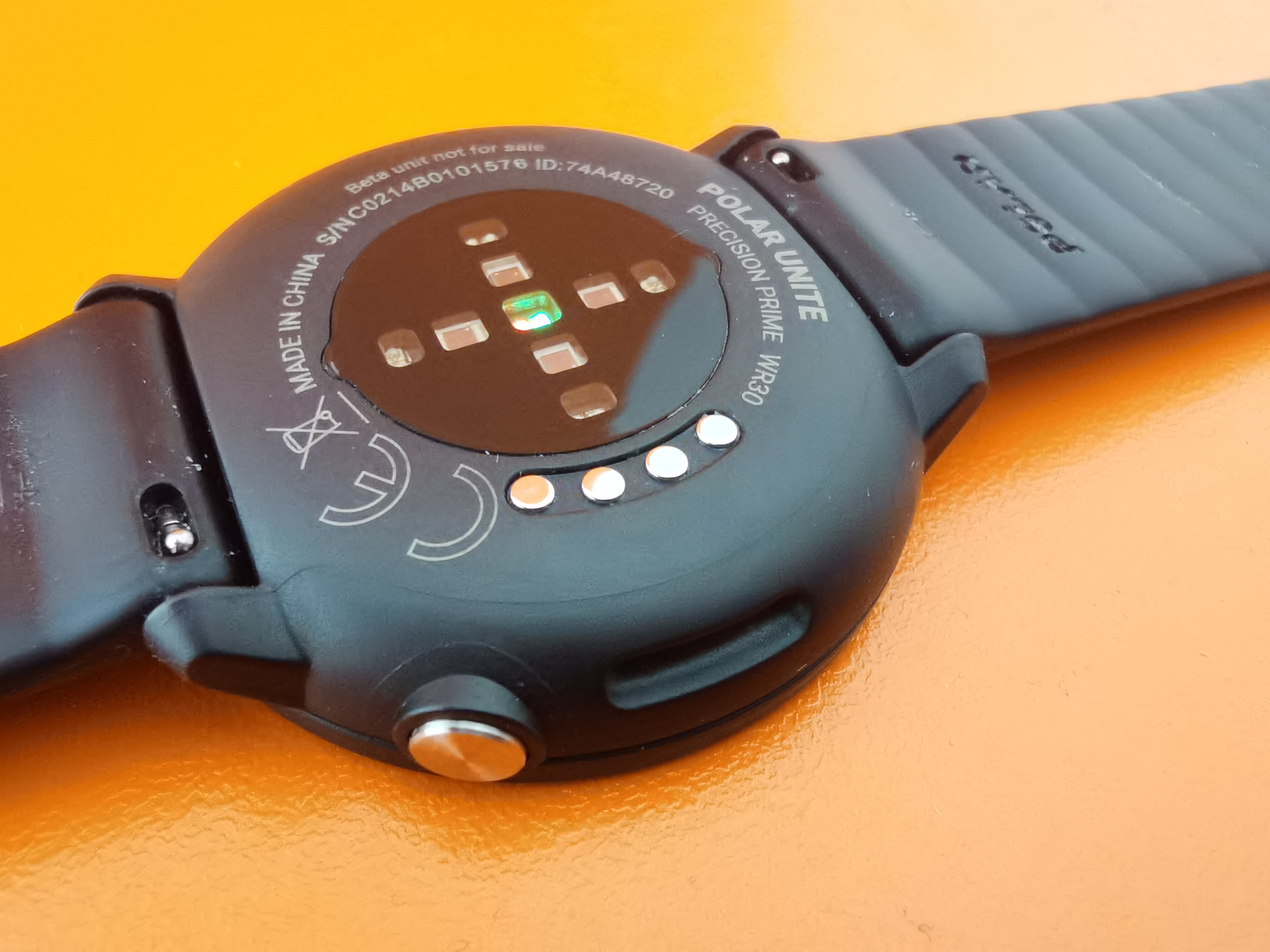
Polar reckons the Unite can last up to four days on a single charge, but our testing found two and a half to three days was more realistic, with multiple activities and sleep tracking thrown in each day. It’s better than a daily charge of course, but just half a day more juice per charge would be ideal.
The charger itself is a bit strange. It’s a small clip which attaches to the Unite’s rear, with a slimline USB connection on one end. We found it quite fiddly to use when plugging it into our multi-port charger, so opted to whack it in our laptop instead. We see the appeal of its simple, compact design, but would definitely prefer a less finicky cable/cradle option for ease of use.
Polar Unite verdict
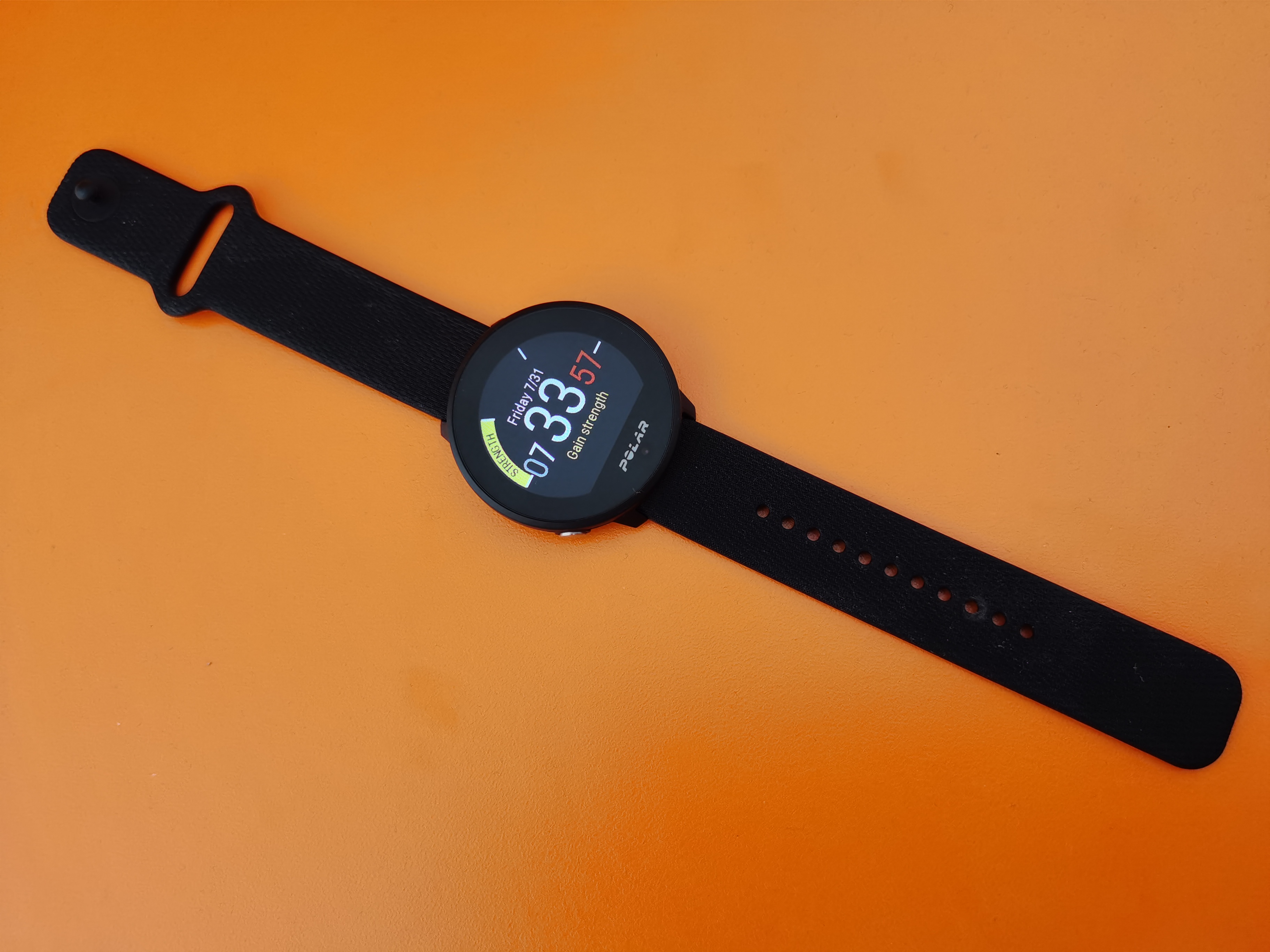
Over time, the Unite, in combination with the Polar Flow app, will let you see how your recovery and overall fitness is improving. It does this core job very well, and everything in the app is presented in an easy to understand manner.
Despite this, it has enough design and performance issues to warrant dropping some substantial points. While its price tag never promised the earth, we would still expect a more usable, less laggy experience.
The real killer though, is the fact that you can snap up the Fitbit Charge 4 for the same price as the Unite – and it packs in the additional bonus of not only built-in GPS, but Spotify music controls and Fitbit Pay too. If you’re after a better sleep tracker then you could still give the Unite a go, but for most people – especially those who want GPS to upload map data alongside a smoother experience – we’d give the Unite a miss.
Stuff Says…
A decent attempt at an entry-level fitness tracker that sadly falls short on performance
Good Stuff
Good stuff
Thin, light design
Comfortable
Accessible price
Bad Stuff
Laggy screen
No GPS
